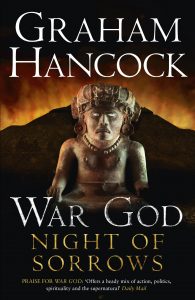News Desk
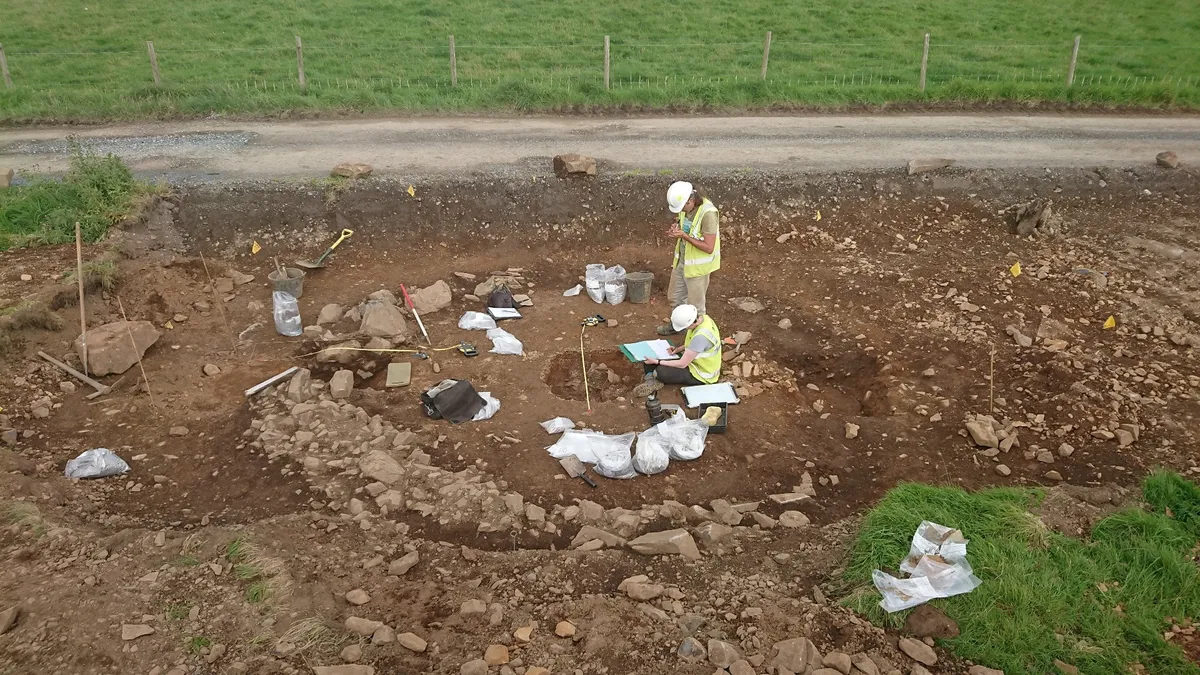
Archaeologists have discovered the 3,300-year-old cremated remains of at least eight people who were buried in five urns in Scotland. While it’s unknown how they died, it was likely during some sort of catastrophic event. The new study was recently published in Archaeology Reports Online.
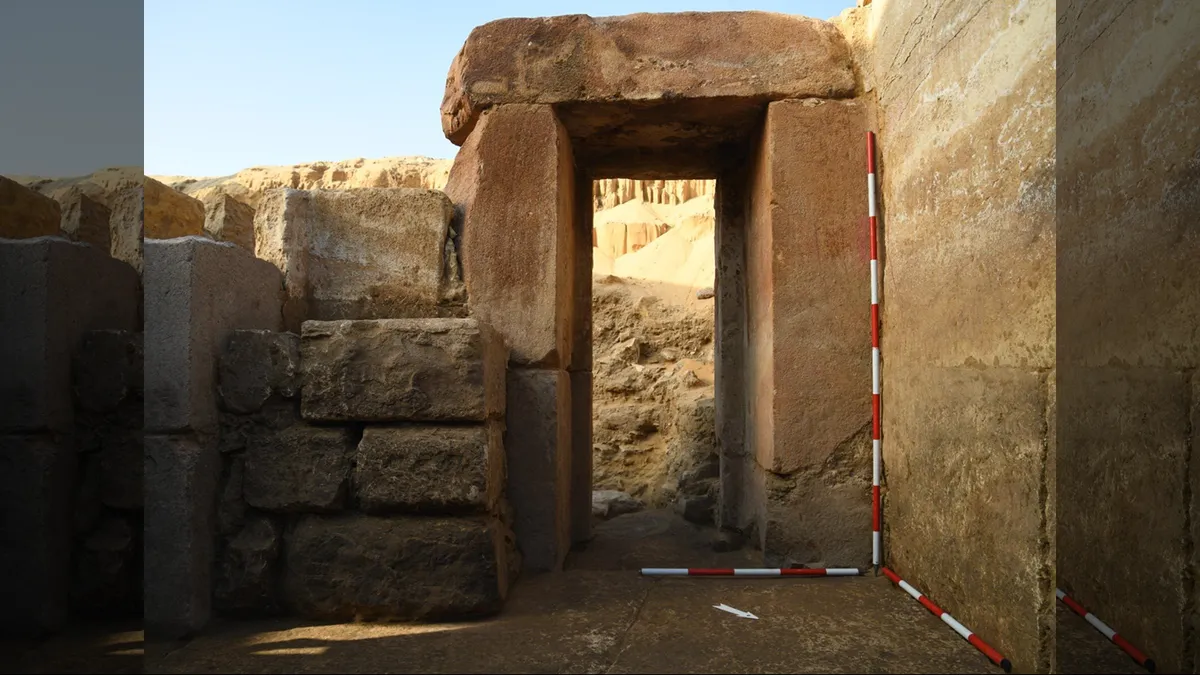
The newly excavated 4,500-year-old valley temple from ancient Egypt holds a “public calendar” and a roof for astronomical observation.

A new study takes a deep dive into the findings of the two test pits in the Pahon Cave, which recovered 1,131 lithic artifacts and 1,045 faunal remains. The new study is published in the journal PLOS One.
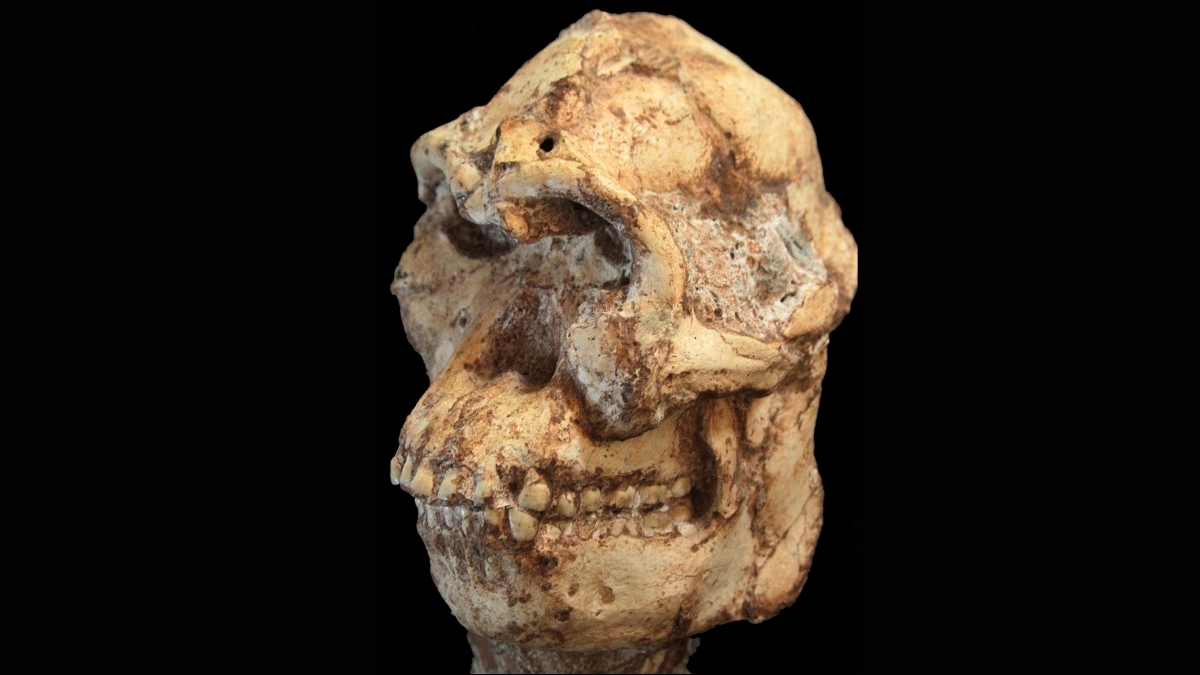
One of the most famous hominin fossils may not be as familiar as we thought. The specimen, affectionately dubbed “Little Foot”, could represent an entirely new species. The research was published in The American Journal of Biological Anthropology.
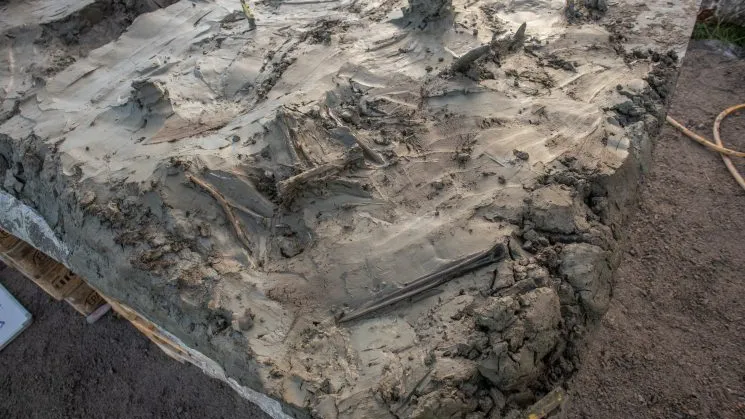
The unique dog burial was identified during construction work for a high-speed railway in the hamlet of Gerstaberg, about 22 miles (35 kilometers) southwest of Stockholm. Experts with the Swedish group Arkeologerna (The Archaeologists) announced the find in a statement and blog post Monday (Dec. 15).
Recent analysis of federal health data suggests that the recreational use of LSD is associated with a lower likelihood of alcohol use disorder. This finding stands in contrast to the use of other psychedelic substances, which did not show a similar protective link in the past year. The results were published recently in the Journal of Psychoactive Drugs.

Archaeologist Paula García Medrano, researcher at the Centro Nacional de Investigación sobre la Evolución Humana (CENIEH), has just published in Journal of Paleolithic Archaeology a study on the lithic industry from the Paleolithic site of Terra Amata (Niza, Francia), one of the key locations in western Europe for understanding the evolution of human behavior 400,000 years ago.
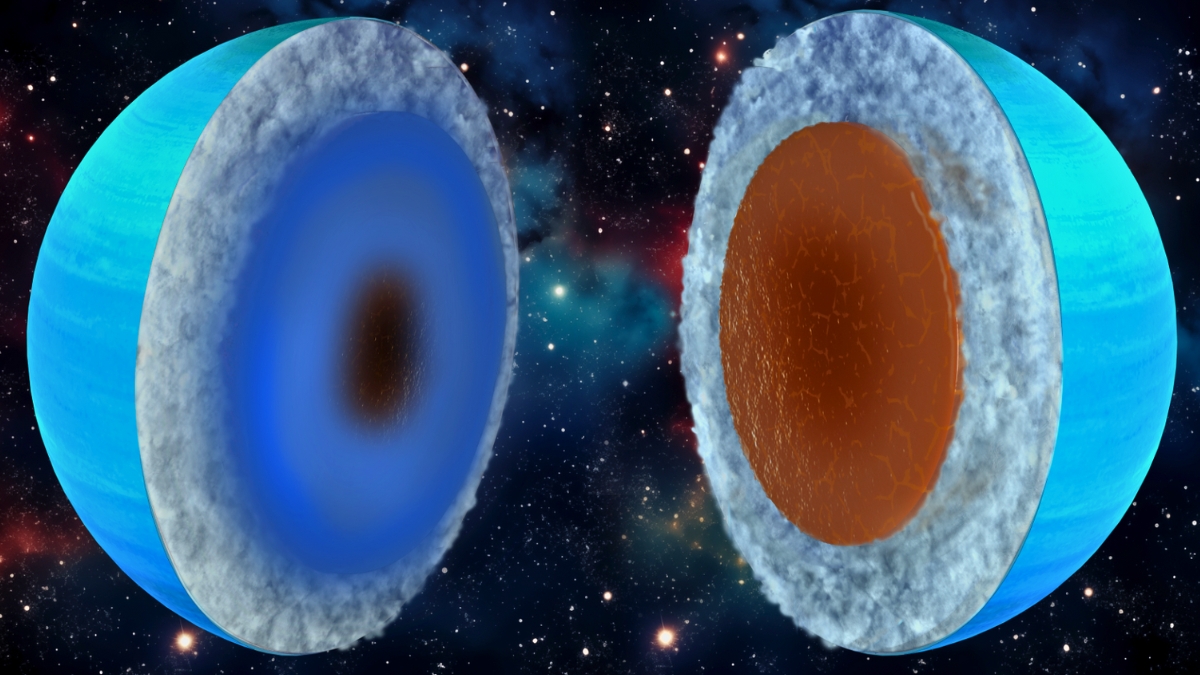
According to the research team’s findings, which appeared this month in Astronomy & Astrophysics, Uranus and Neptune may be more rocky in their cores and less ‘icy’ than previously thought.

Picture this: You’re enjoying a delicious bowl of mushroom soup, when suddenly you notice hundreds of tiny people dressed in cartoonish clothing marching across your tablecloth, jumping into your bowl, swimming around, and clinging to your spoon as you lift it for another taste. You’re not dreaming — you’ve just experienced the effects of a mushroom known scientifically as Lanmaoa asiatica. It belongs to an entirely different class of Fungi than the more commonly known “magic mushrooms” and remains far more mysterious.
Image from Villa Grisebach Auktionen (Wiki Commons)

Study on skull of Altamura Man could be blow to adaptation theories about Neanderthals and their extinction.

A new discovery of baked sediments, artifacts, and pieces of firelighting pyrite in a UK claypit suggests that humans already had the capacity to create fire more than 400,000 years ago. This researcher was published in Nature.
A new study published in Nature Neuroscience provides a detailed look at how the psychedelic drug psilocybin facilitates the unlearning of fear in the brain

A group of scientists are studying the Cyclades, an island group in Greece’s Aegean Sea, looking for signs of early human activity. They are using technology such as laser scanning and magnetometry, which may be more effective and non-invasive than traditional archaeological methods. One of these methods is magnetometry—the subject of a recent publication in the Journal of Archaeological Science: Reports.

Bleached clay rocks found on the Martian surface suggest that the Red Planet was once home to heavy rainfall and tropical conditions, new Perseverance observations hint. The study was published Dec. 1 in the journal Communications Earth & Environment.

Years ago, humanity lost one of its last surviving hominin cousins, Homo floresiensis (also known as “the hobbit” thanks to its small stature). The cause of its disappearance, after more than a million years living on the isolated volcanic island of Flores, Indonesia, has been a longstanding mystery. Now, new evidence suggests a period of extreme drought starting about 61,000 years ago may have contributed to the hobbits’ disappearance.

Caves can preserve tens of thousands of years of genetic history, providing ideal archives for studying long-term human–ecosystem interactions. The deposits beneath our feet become biological time capsules.






